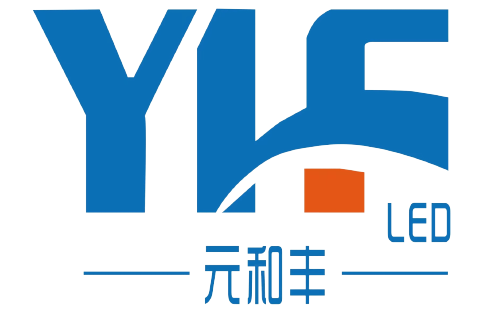In the ever-evolving landscape of digital displays, selecting the right LED display screen is crucial for businesses and organizations aiming to make a visual impact. Here's a comprehensive analysis of key points to consider when purchasing LED display screens:
1. Resolution and Pixel Pitch:
Understand the resolution requirements based on viewing distance.
Choose an appropriate pixel pitch for clarity and sharpness.
2. Brightness and Contrast:
Consider the display's brightness level for visibility in different lighting conditions.
Evaluate contrast ratios for better image quality and color depth.
3. Size and Aspect Ratio:
Determine the optimal screen size and aspect ratio for your specific application.
Ensure the display fits seamlessly into the designated space.
4. Viewing Angle:
Assess the viewing angles to guarantee visibility from various perspectives.
Opt for displays with wide viewing angles for better audience reach.
5. Refresh Rate and Frame Rate:
Higher refresh rates contribute to smoother motion on the screen.
Evaluate the frame rate compatibility with content sources for seamless playback.
6. Durability and Weather Resistance:
Choose displays with robust build quality for durability.
Consider weather-resistant features for outdoor installations.
7. Connectivity and Compatibility:
Ensure compatibility with content sources and various input devices.
Evaluate the availability of multiple connectivity options.
8. Energy Efficiency:
Opt for energy-efficient LED displays to minimize operational costs.
Look for displays with adjustable brightness settings.
9. Maintenance and Serviceability:
Consider displays with modular designs for easy maintenance.
Assess the availability of remote monitoring and diagnostics.
10. Brand Reputation and Warranty:
Research the reputation of the manufacturer and brand in the market.
Check for comprehensive warranties and after-sales support.
11. Content Management System (CMS):
Evaluate the CMS capabilities for seamless content updates.
Ensure user-friendly interfaces for easy management.
12. Compliance with Standards:
Verify that the LED display complies with industry standards and regulations.
Check for certifications related to quality and safety.
13. Total Cost of Ownership (TCO):
Consider the long-term costs, including maintenance and energy consumption.
Compare TCO across different options to make an informed decision.
In conclusion, a thoughtful consideration of these key points will empower buyers to make informed decisions when investing in LED display screens, ensuring that the chosen display meets their specific needs and provides a lasting visual impact.
